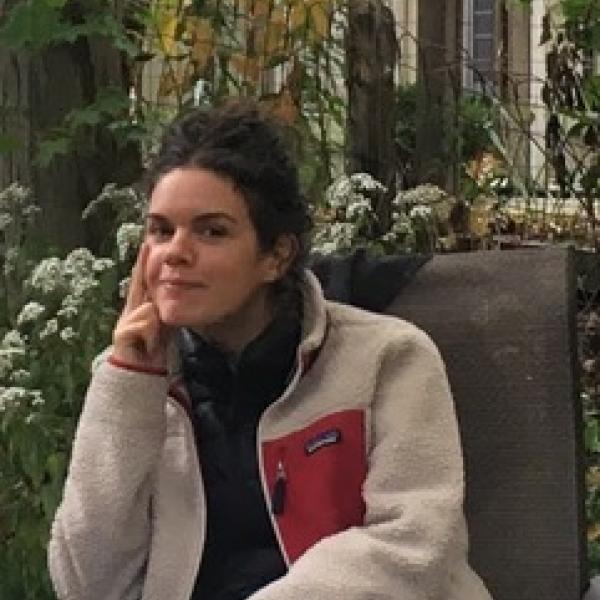Biography
Assistant Instructional Professor, Master of Arts Program in the Humanities, Department of Art History, The College
I study art, architecture, and decoration of the long nineteenth century, with a particular emphasis on the lived experience of works of art and design. In so doing, I frequently pursue art’s entanglements with literature, the built environment, social theory, and theories of art itself. My teaching and research focus on spaces of domestic, private life and what they can tell us about shifts in social experience as well as the challenges and consequences of its representation under conditions of global modernity. Currently, these interests gather around two larger projects. The first, a book manuscript with the working title Wallpaper and Window: The Interior and Social Belonging in Fin-de-Siècle Art and Architecture, is a migratory study of the domestic interior as a site of artistic experimentation and index of modern experience across late-nineteenth century Europe. The second is a nascent “biography” of home art collections in and around Detroit. This curatorial and public-facing project explores the livability of an earlier moment of European modernism amidst the sharp rise and transformation of the industrial Midwest after World War II. My writing has appeared in West 86th, Design and Culture, Panorama, as well as in edited volumes in France and North America.
In addition to MAPH curriculum, I teach thematic courses in the Art History Department on topics such as luxury and historical change, interiority and modernity, color and décor, and migratory aesthetics. I received my Ph.D. from the Department of History of Art at the University of Michigan and my BA from the University of British Columbia. I’m also a graduate of MAPH, which I completed in 2009. I am a member of Faculty Forward/SEIU Local 73, the contingent faculty union at the University of Chicago.
Current MAPH Courses
Approaches to Art History (Winter 2026)
(ARTH 39800)
This seminar examines a range of methods for doing the work of art history with an eye toward strengthening your own original contributions to the field. Through close reading and discussion of recently published scholarship, we will interrogate how a range of scholars generate novel ways of seeing and understanding the objects that they study. Our methodological investigations will be structured around the notion of scale, starting from macro concerns like canons and empires while gradually zooming in to consider environments and institutions, audiences and artists, individual artworks, and ultimately fragments thereof. As we move through these stages, we will consider the production, circulation, display, and reception of art objects through a variety of interpretive traditions including social history, critical theory, material culture, phenomenology, feminism and queer theory, and post- and decolonial thought.
Some of our guiding questions will be: How does thinking at different scales help us interrogate objects and the multiple histories that shape them? Can these approaches help us rethink, modify, or dismantle canonical patterns of the field? And how do they enable us to reappraise issues of exchange, power, and purpose in our own scholarship? Students need not identify as art historians to enroll in this seminar—it will be helpful for all students who want to think deeply about their approaches to visual and material objects, whether still or moving images, sculpture, or performance, particularly if those objects feel genre-bending, difficult to theorize, or recalcitrant. This course registration is by consent only.
Luxury and Crisis (Spring 2026)
(ARTH 22650/ARTH 32650)
What role have those objects considered superfluous, lavish, fashionable, and personal played in sculpting our collective social, political, and economic worlds? Furnishings, tapestries, silverware, porcelain, clothing, and jewelry have long been understood as superficial indulgences of the elite, existing outside the space and time of historical change. Yet such items have of course permeated all classes of society and processes of production, promotion, consumption, disparity, power, exploitation and attempts to resist it. Some Marxist historians have understood crisis as integral to capitalist modernity and its rupture, while theorists of art and architectural modernism have somewhat paradoxically imagined luxury as instrumental in building socially equitable futures. In this seminar, we will investigate a series of case studies in which luxury and crisis, these seemingly opposed terms, were negotiated and galvanized by makers, wearers, collectors, and the objects in their possession. This course registration is by consent only. Fulfills the following categories in the ARTH major and minor: European and American, modern (post-1800).

